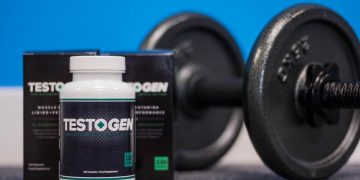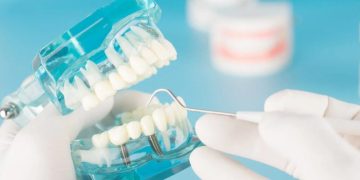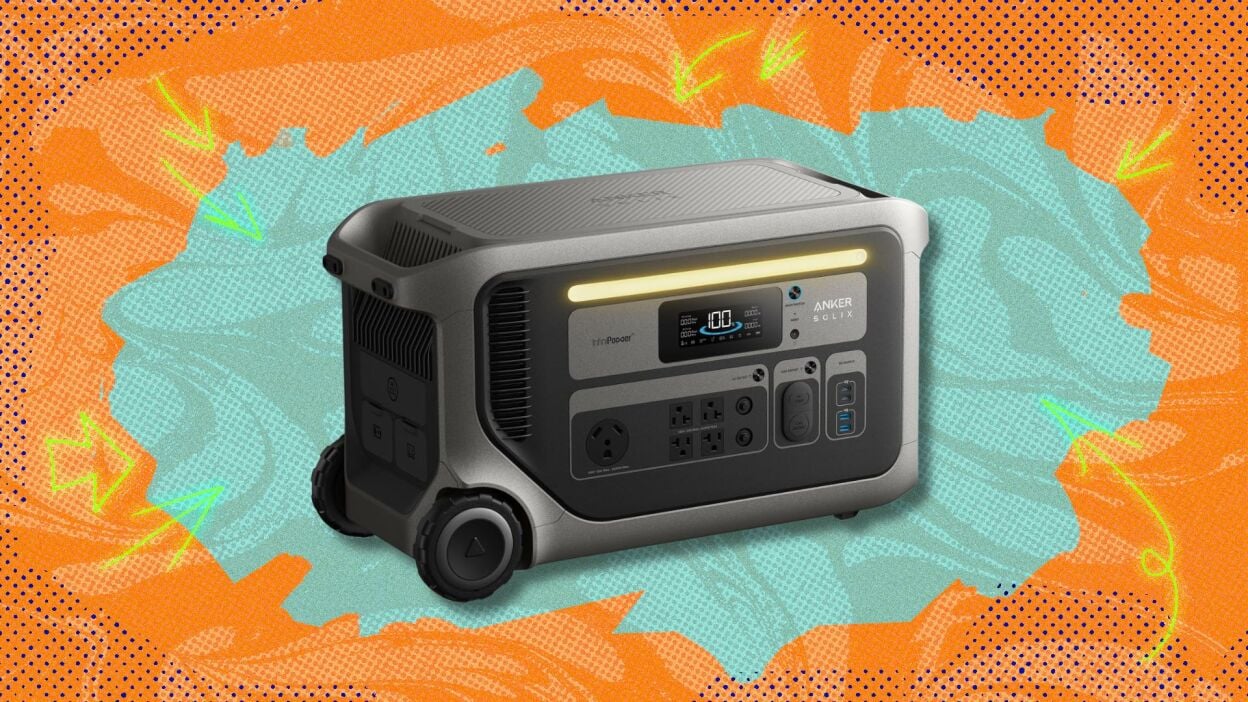As Sarah settles into her home office, balancing remote work with new motherhood, she reaches for her breast pump – a daily companion in her motherhood journey. Like many modern moms, she relies on this essential device to provide nourishment for her baby while maintaining her busy lifestyle. However, beneath its sophisticated exterior lies a crucial responsibility: proper maintenance.
In today’s world of smart devices and automated solutions, breast pump maintenance remains a fundamental aspect that directly impacts both mother and baby’s well-being. While advanced features make pumping more convenient, inadequate cleaning and maintenance can lead to contamination risks and decreased pump efficiency – challenges that no busy mom needs to face.
This guide explores practical maintenance protocols designed for today’s tech-savvy mothers, combining traditional cleaning wisdom with modern solutions. From essential daily care routines to leveraging smart features for maintenance tracking, we’ll cover everything you need to keep your breast pump performing optimally while ensuring your baby’s safety.
Why Breast Pump Maintenance Matters
Proper breast pump maintenance isn’t just about keeping equipment clean – it’s a crucial investment in your baby’s health and your pumping success. When breast pump components aren’t adequately cleaned, harmful bacteria and mold can quickly develop in hidden crevices, potentially exposing your baby to serious health risks. Even microscopic milk residue can create an environment where dangerous microorganisms thrive, particularly in warm, humid conditions typical of pump parts.
Beyond health concerns, regular maintenance directly affects your pumping efficiency. Worn-out valves, stretched membranes, or clogged tubes can significantly reduce suction power, leading to decreased milk output and extended pumping sessions. This inefficiency not only frustrates busy mothers but can also impact milk supply over time, as reduced stimulation may signal your body to produce less milk.
The financial aspect of maintenance shouldn’t be overlooked either. While proper cleaning takes time and effort, it’s far more cost-effective than replacing a damaged pump or dealing with clogged ducts due to inefficient pumping. Regular maintenance extends the life of your pump components, preventing the need for frequent replacements and ensuring optimal performance throughout your breastfeeding journey. Think of it as protecting both your investment and your peace of mind.
Step-by-Step Electric Breast Pump Cleaning Protocol
Daily Cleaning Essentials
Begin by washing your hands thoroughly and finding a clean workspace. Carefully disassemble your pump, separating flanges, valves, membranes, bottles, and milk collection containers. Remove tubing from the pump body, but note that tubing typically doesn’t require washing unless milk or moisture has entered it. Fill a clean basin with hot water and add mild, unscented dish soap – avoid harsh detergents that could leave harmful residues. Thoroughly wash each component using a dedicated brush for breast pump parts, paying special attention to crevices where milk can accumulate.
Rinse all parts thoroughly under running water, ensuring no soap residue remains. Place cleaned parts on a clean paper towel or drying rack specifically reserved for pump components. Allow parts to air dry completely before reassembly, as moisture can promote bacterial growth. Never towel dry parts, as this can transfer bacteria from the cloth to your cleaned components.
Deep Cleaning Procedures
Weekly sterilization is essential for maintaining optimal hygiene. Use a microwave steam sterilizer bag or boil components for 5-10 minutes, ensuring all parts are fully submerged. For steam sterilization, follow your pump manufacturer’s specific guidelines, as some components may not withstand high temperatures. Create a monthly maintenance routine that includes inspecting valves for tears, checking membranes for stretching, and examining tubes for mold or moisture.
Implement a deep cleaning schedule that includes sanitizing your pump’s external surface with appropriate disinfectant wipes, cleaning your pump bag or carrying case, and organizing replacement parts. Store sterilized components in a sealed, clean container or zip-top bag to maintain cleanliness between uses. Remember to regularly clean and dry the area where you store your pump supplies to prevent environmental contamination.

Modern Pump Features That Simplify Maintenance
Today’s breast pumps incorporate smart technology to revolutionize maintenance routines. Advanced models like the momcozy smart pump feature smartphone connectivity that sends timely cleaning reminders and tracks component usage through dedicated apps. These digital assistants help mothers maintain detailed cleaning logs and alert them when specific parts need replacement, taking the guesswork out of maintenance scheduling. Some apps even provide step-by-step cleaning tutorials tailored to their specific pump model.
Premium electric pumps now include built-in UV-C light sterilization chambers or steam cleaning functions that sanitize components with the push of a button. These self-sterilizing features are particularly valuable for working mothers who need to clean pump parts between sessions at the office. Additionally, modern pumps feature closed system designs that prevent milk from entering the tubing, significantly reducing cleaning requirements and contamination risks.
Innovative modular designs have transformed how pumps come apart for cleaning. Quick-release buttons, tool-free disassembly, and color-coded components make daily cleaning more intuitive and efficient. Many new models also incorporate dishwasher-safe parts and specialized cleaning baskets that keep small components secure during washing cycles, streamlining the sanitization process for busy mothers.
Mobile Breast Pump Maintenance Considerations
Modern portable breast pumps require special maintenance attention when used on-the-go. Quick-clean wipes and portable UV sterilizers offer convenient sanitization between pumping sessions, though they shouldn’t replace thorough cleaning at home. These portable sanitizers use battery-powered UV light to eliminate bacteria, making them perfect for office or travel use. Additionally, microwave sterilizer bags provide a practical solution when you have access to a microwave, effectively sanitizing parts in minutes.
Battery maintenance is crucial for reliable mobile pumping. Regularly check battery contacts for corrosion and keep them clean with alcohol wipes. Implement a consistent charging routine – ideally charging after each use or when battery levels drop below 30%. Avoid completely draining the battery, as this can reduce its longevity. For pumps with removable batteries, keep a fully charged spare battery in your pump bag for emergencies.
Develop a mobile storage system using dedicated wet/dry bags to separate clean and used parts. Consider investing in multiple sets of flanges and collection bottles to minimize the need for between-session cleaning. Store cleaned parts in sealed, medical-grade silicone bags that protect against environmental contaminants while allowing any residual moisture to evaporate. When traveling, pack essential cleaning supplies in clear, TSA-compliant containers and familiarize yourself with your destination’s sterilization options.
Maintenance Schedule and Replacement Guide
Create a maintenance calendar that divides tasks into manageable timeframes. Daily tasks include washing pump parts after each use and inspecting valves for milk residue. Weekly duties involve deep sterilization of all components and checking tubing for moisture. Monthly maintenance encompasses thorough inspection of membranes for elasticity, examining shields for cracks, and testing suction strength.
Watch for key signs that indicate component replacement needs. Membranes should be replaced when they become thin, stretched, or torn, typically every 2-3 months with regular use. Valves need replacement when they become soft or show signs of wear, usually every 4-6 weeks. Tubing requires replacement if it develops mold, becomes damaged, or loses flexibility. Breast shields should be replaced if they crack, become cloudy, or no longer fit comfortably.
Keep detailed records of your pump’s purchase date and register it immediately to activate the warranty. Most manufacturers offer one-year warranties covering motor malfunction, but component replacements typically aren’t included. Save all warranty documentation and maintenance receipts digitally using your pump’s companion app or your preferred cloud storage solution. This documentation proves invaluable if warranty service becomes necessary.
Ensuring Long-Term Pumping Success Through Proper Care
Maintaining your breast pump is more than a daily task – it’s an investment in your breastfeeding success and your baby’s health. Through consistent cleaning protocols, smart utilization of modern features, and proactive component replacement, you can ensure your pump remains a reliable partner in your breastfeeding journey. The integration of technology, from app-based maintenance tracking to UV sterilization, has transformed what was once a cumbersome process into a more manageable routine.
Remember that each cleaning session, though time-consuming, directly contributes to your pump’s performance and your peace of mind. By establishing a maintenance routine that fits your lifestyle and leveraging available tech solutions, you’re not just caring for equipment – you’re creating a safe, efficient pumping experience that supports your breastfeeding goals. As you continue your motherhood journey, let these maintenance practices become second nature, knowing that your dedication to pump care ultimately benefits both you and your baby.






































